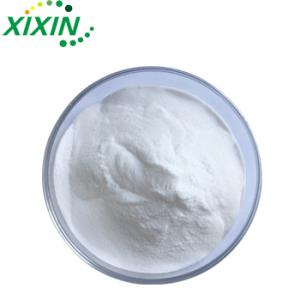The difference between bentonite and montmorillonite and Application of montmorillonite in animal breeding
Bentonite is also
known as bornite, bentonite or bentonite rock. The earliest discovery in the
United States was that in the ancient strata of Wyoming, yellow green clay can
expand into paste after adding water. Later generations collectively referred
to all clays with this property as bentonite. Also known as universal clay, it
is commonly known as Guanyin soil in China.
Montmorillonite is
named for its original discovery in montmorillonite, France. Also known as
microcrystalline kaolinite or Jiaoling stone, it is a silicate clay mine with
layered structure and flake crystallization. Its chemical composition is quite
stable, known as natural nano materials.
Definition of
montmorillonite product in non-metallic mineral industry: if the content of
montmorillonite in clay ore is greater than 80%, it is called montmorillonite,
and its product content is mostly qualitative and quantitative by methods such
as blue absorption. The other is the requirements of pharmaceutical and
cosmetic industries for montmorillonite products, which is montmorillonite in
the real sense. Its concept is close to the definition of montmorillonite in
the field of scientific research, and its product content is mostly qualitative
and quantitative by XRD and other methods.
Montmorillonite
belongs to smectite group minerals. It is a non-metallic clay mineral, which is
generally massive or earthy. The molecular formula (Na, CA) 0.33 (al, Mg) 2
[si4o10] (OH) 2 · nH2O is a clay mineral with three-layer lamellar structure
composed of aluminum oxide octahedron in the middle and silicon oxygen
tetrahedron at the top and bottom. The lamella carries negative charge,
contains water and some exchange cations between the crystal structure layers,
thus forming the unique dispersion, suspension, expansion, adhesion Select
properties such as adsorption and ion exchange capacity.
The main functions
of montmorillonite in animal breeding are to stop diarrhea, adsorb and fix
mycotoxins and bacteria, repair damaged intestinal mucosa, and provide trace
elements to promote animal growth. In recent years, with the implementation of
the policy of banning resistance in the breeding industry, montmorillonite has
been used more and more frequently in animal breeding because of its natural,
green, non-toxic and non resistance, and the amount of addition has also
increased.
Impurities and
other hazards in montmorillonite: the impurities in montmorillonite are
generally feldspar, carbonate, gypsum, quartz and other non-metallic minerals.
These impurities do not have the crystal morphology and performance
characteristics of montmorillonite, which will greatly reduce the adsorption
and fixation effect of montmorillonite, which means that montmorillonite with
low content can not play a good role in stopping diarrhea and adsorbing
mycotoxins.






